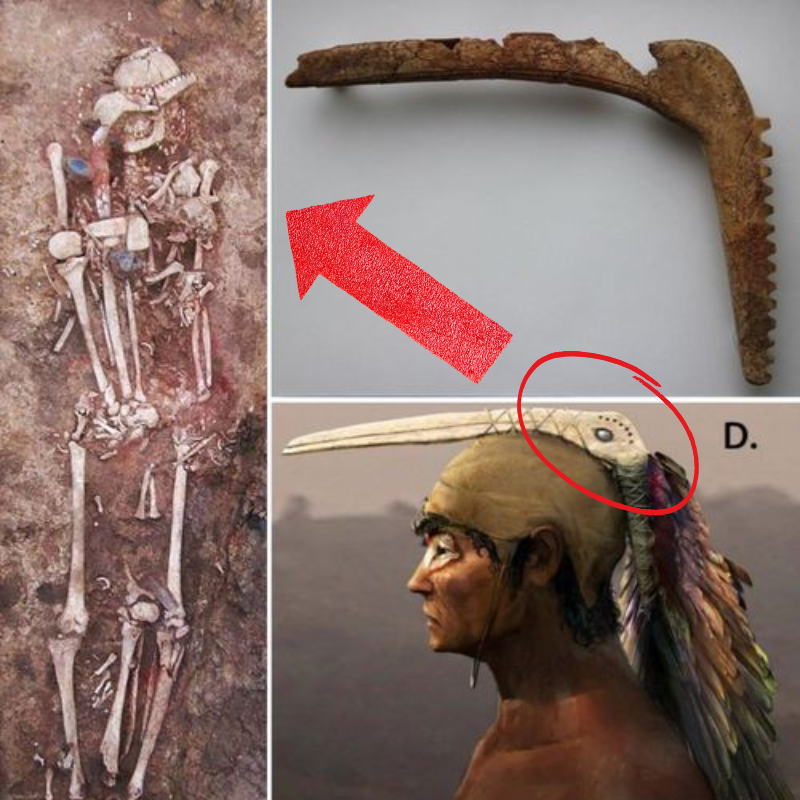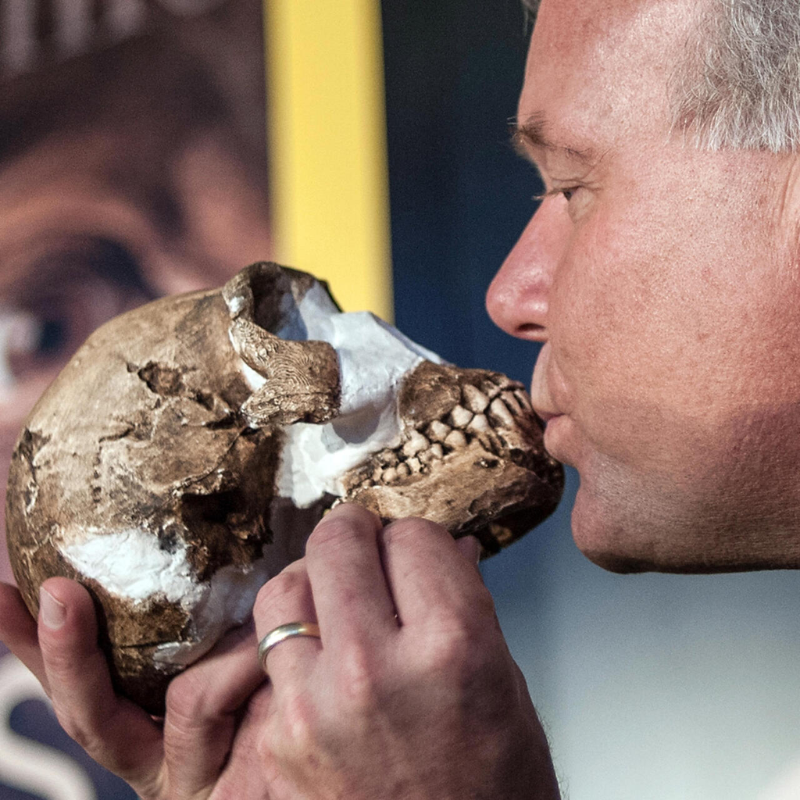In the vast expanse of the Volga Region in Russia lies a remarkable archaeological site that has captured the attention of researchers and historians alike – the 6,600-year-old Ekaterinovskia Mys grave. Discovered amidst the rolling hills and verdant landscapes, this ancient burial site offers a fascinating glimpse into the lives and customs of the people who inhabited the region millennia ago. As we delve into the depths of time, let us unravel the mysteries concealed within this enigmatic grave and explore the significance of its artifacts.

A Window to the Past
The Ekaterinovskia Mys grave, dating back over six millennia, provides invaluable insights into the ancient cultures and burial practices of the Volga Region. Excavations at the site unearthed a wealth of artifacts, including the skeletal remains of a young man, adorned with intricately carved elk antlers in the shape of a bird’s head. This discovery offers tantalizing clues about the spiritual beliefs and rituals of the people who inhabited the area during the Neolithic period.
Ritualistic Offerings
Among the artifacts interred within the Ekaterinovskia Mys grave are three stone mace heads, suggesting a ceremonial significance associated with the burial. These meticulously crafted objects may have held symbolic or ritualistic importance, perhaps serving as offerings to accompany the deceased on their journey to the afterlife. The inclusion of such artifacts underscores the reverence and respect accorded to the deceased by their community.

Ancestral Connections
In addition to the human remains, the Ekaterinovskia Mys grave also contained the skeleton of a young domestic goat, sprinkled with red ocher—a mineral pigment commonly associated with ritual practices. This intriguing discovery hints at the presence of animal sacrifices or offerings, further emphasizing the spiritual and symbolic aspects of the burial ceremony. Moreover, the presence of two leg and hand bones from other individuals suggests a complex funerary tradition with possible familial or ancestral associations.
Cultural Significance
The Ekaterinovskia Mys grave serves as a poignant reminder of the rich cultural heritage and diverse traditions that have shaped the Volga Region throughout history. The meticulous care and attention lavished upon the burial of the young man and the inclusion of symbolic artifacts underscore the importance of rituals and beliefs in ancient societies. By studying sites such as Ekaterinovskia Mys, archaeologists can piece together the puzzle of human history and gain a deeper understanding of our collective past.
Legacy of Exploration
As archaeologists continue to uncover the secrets buried within the Ekaterinovskia Mys grave and other archaeological sites across the Volga Region, they shed light on the complexities of ancient civilizations and their interactions with the natural world. Through meticulous excavation and analysis, researchers can reconstruct the narratives of bygone eras, preserving the legacy of those who came before us and enriching our understanding of the human experience.

Conclusion
The discovery of the 6,600-year-old Ekaterinovskia Mys grave offers a fascinating glimpse into the ancient past of the Volga Region, illuminating the spiritual beliefs, burial practices, and cultural traditions of its inhabitants. As we contemplate the significance of its artifacts and the stories they tell, we are reminded of the enduring legacy of human curiosity and exploration. The Ekaterinovskia Mys grave stands as a testament to the resilience of ancient civilizations and the timeless quest for understanding that unites us across the ages.


